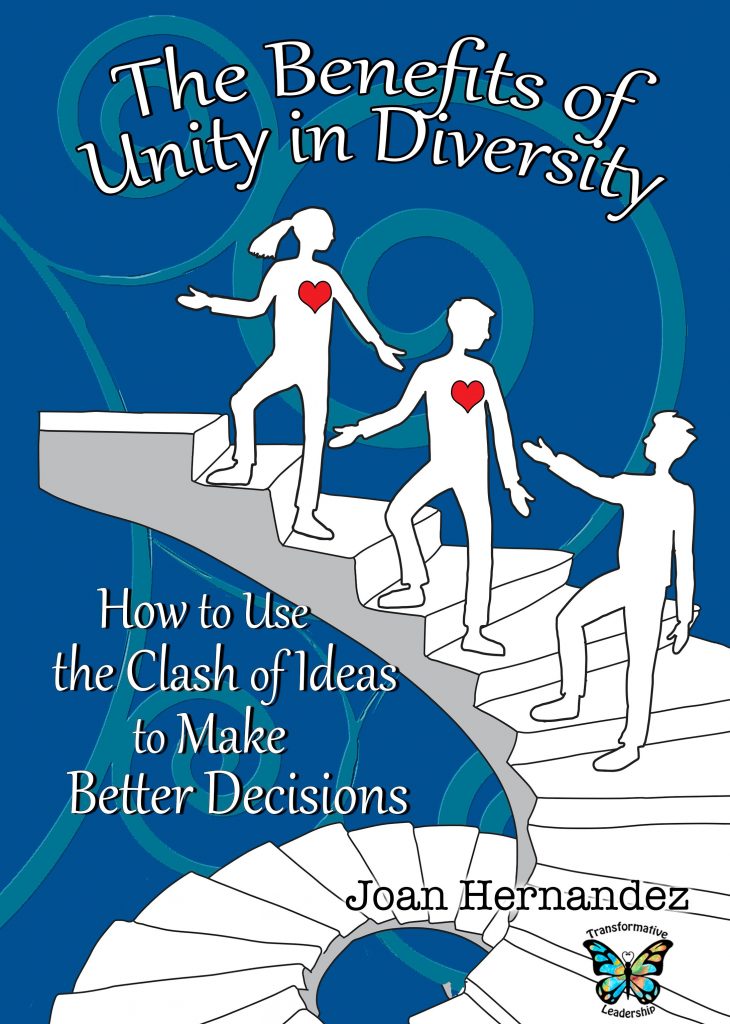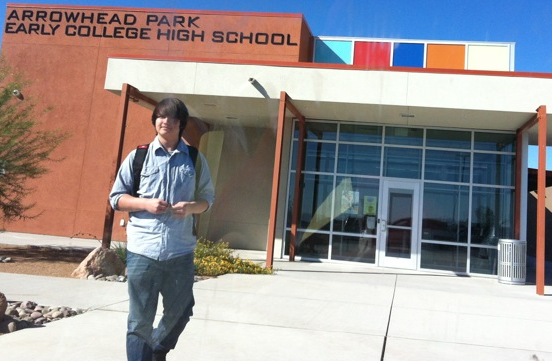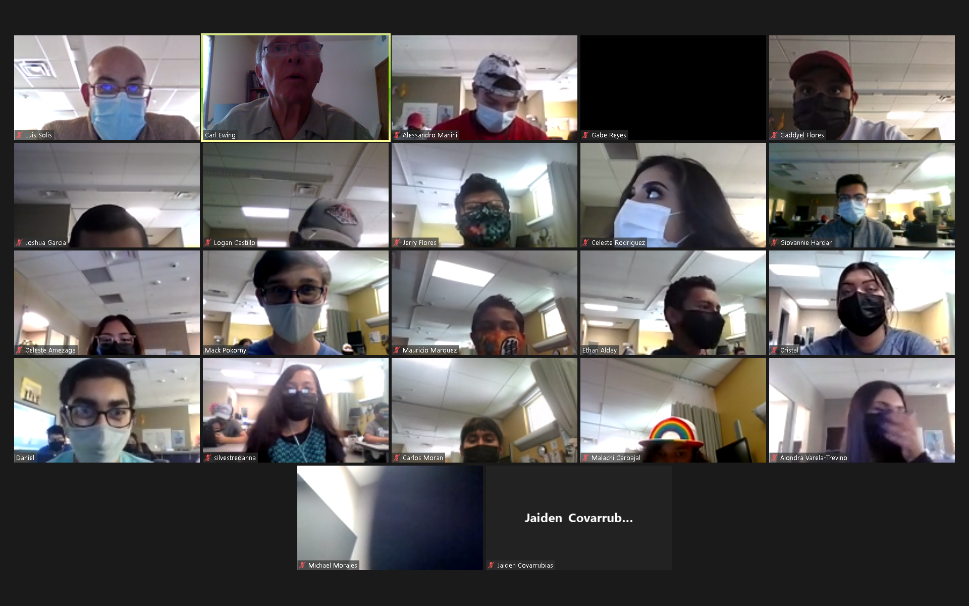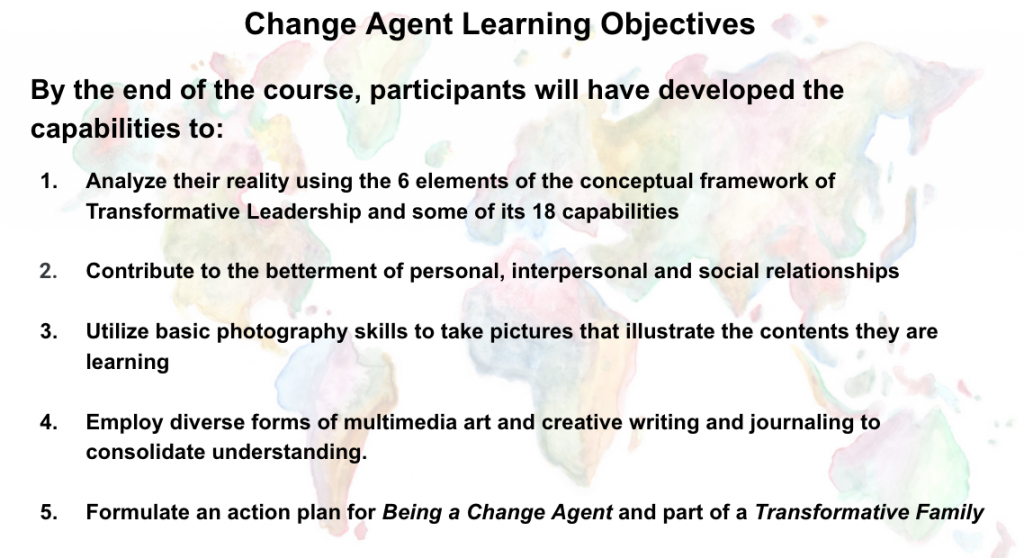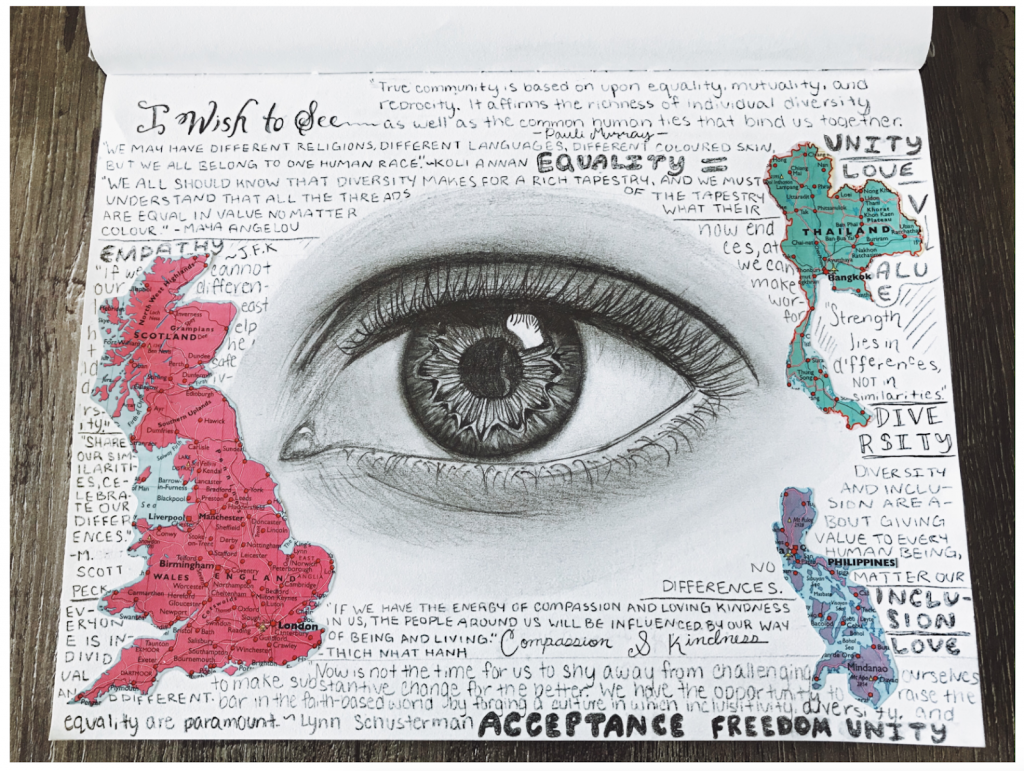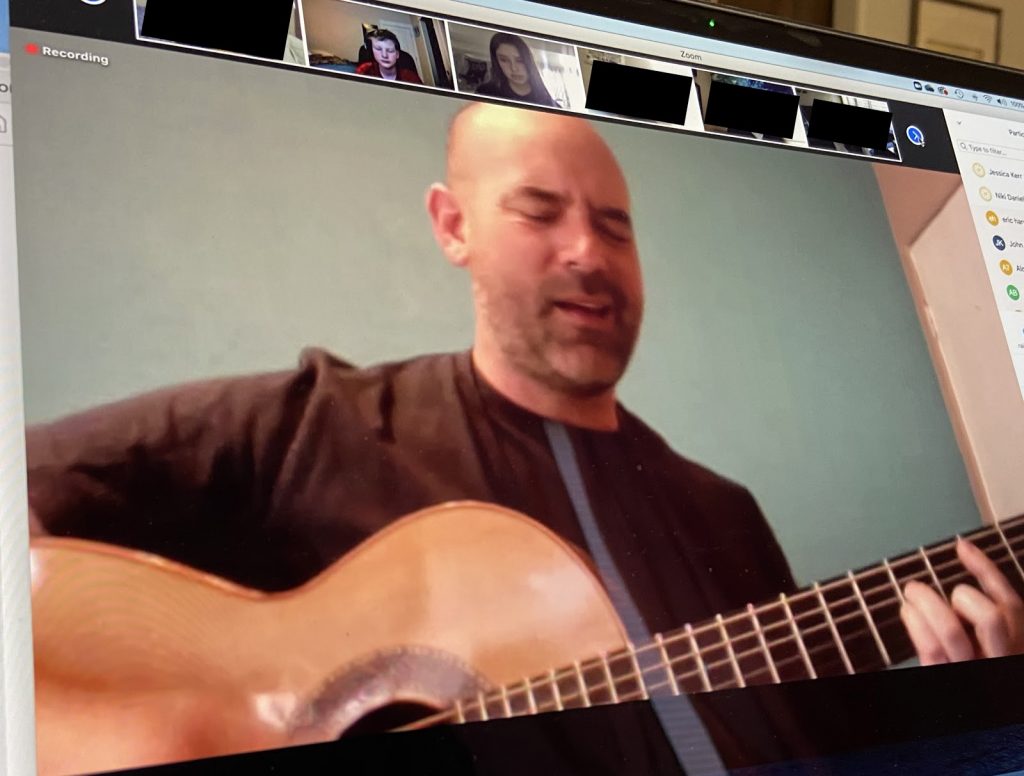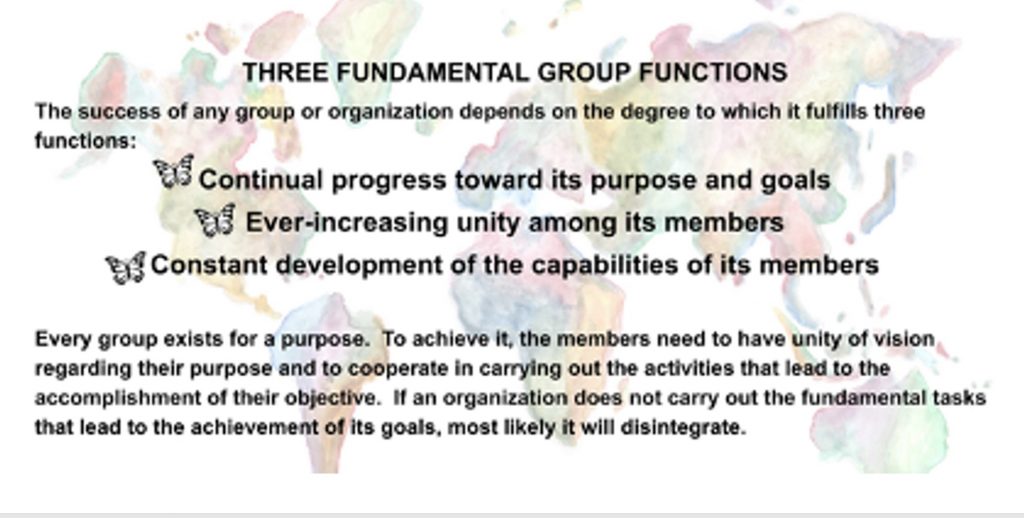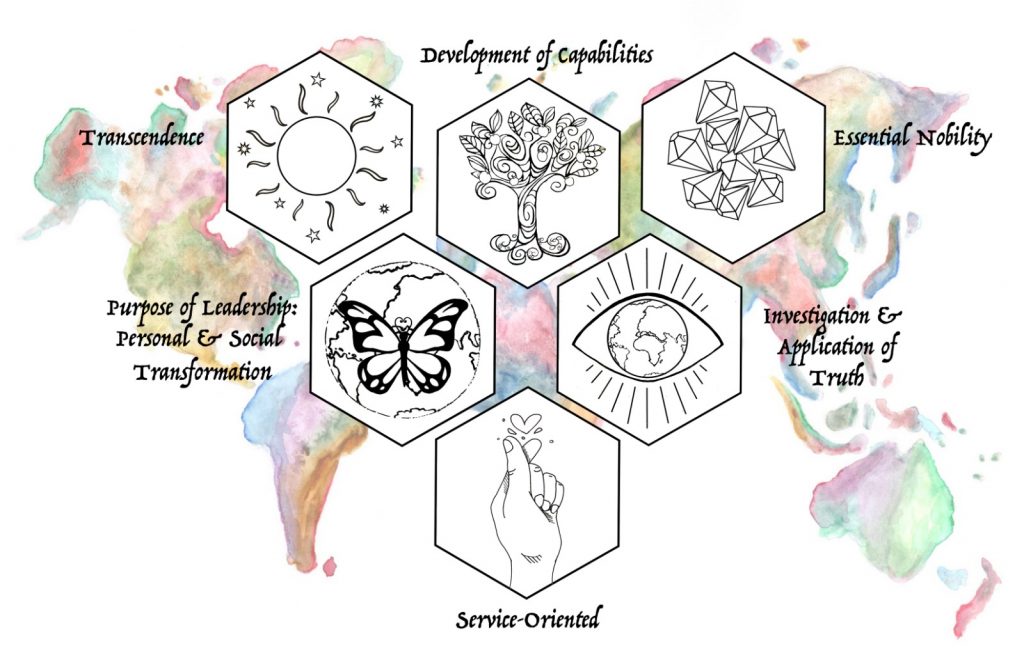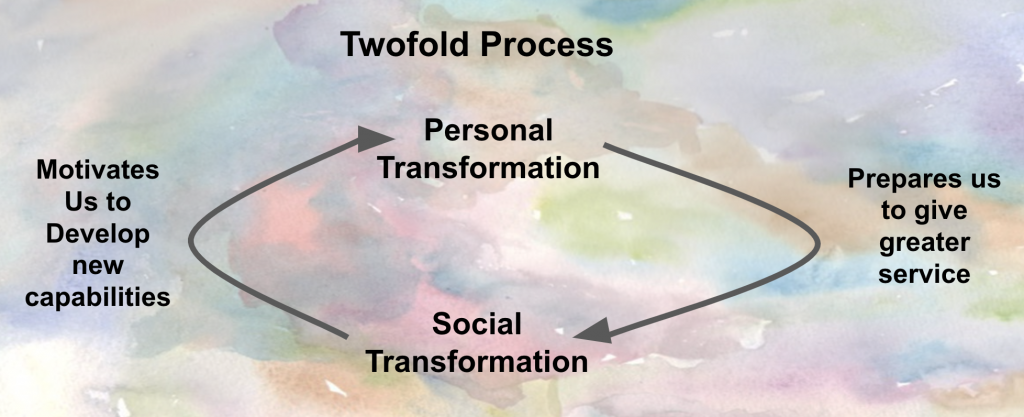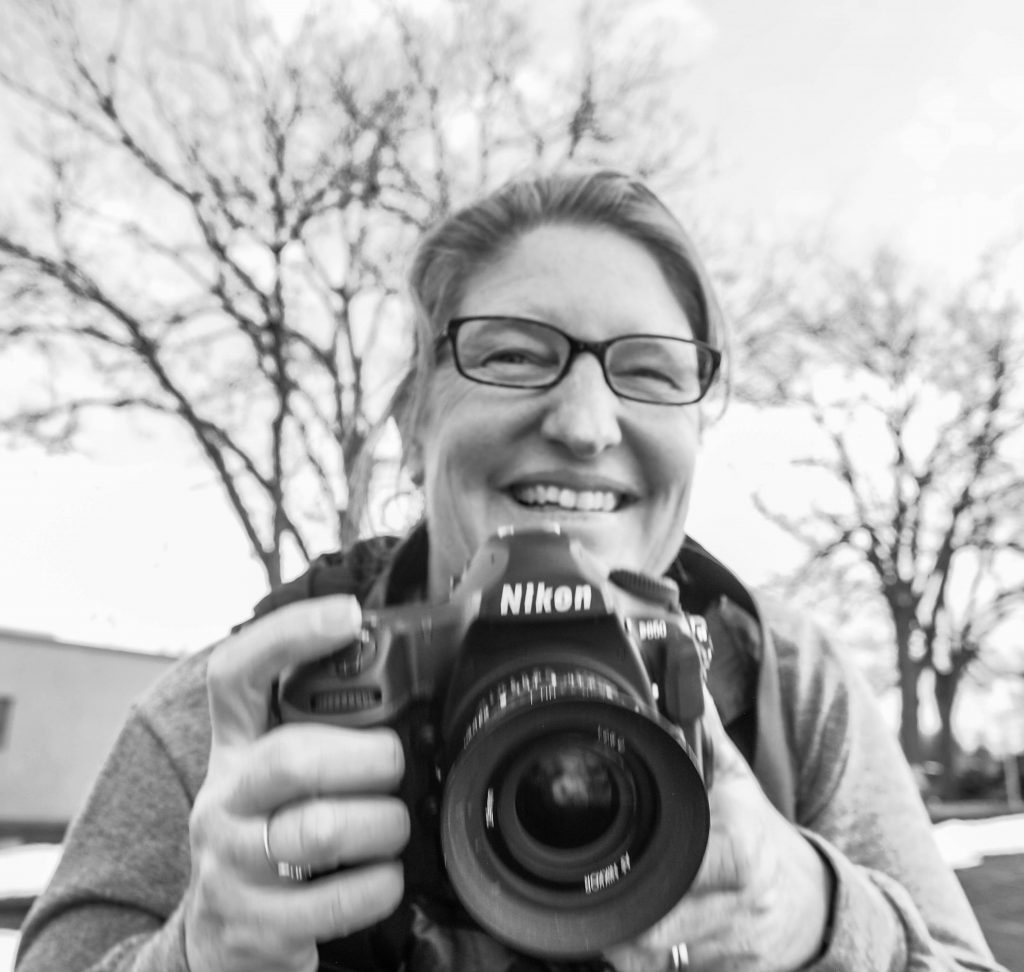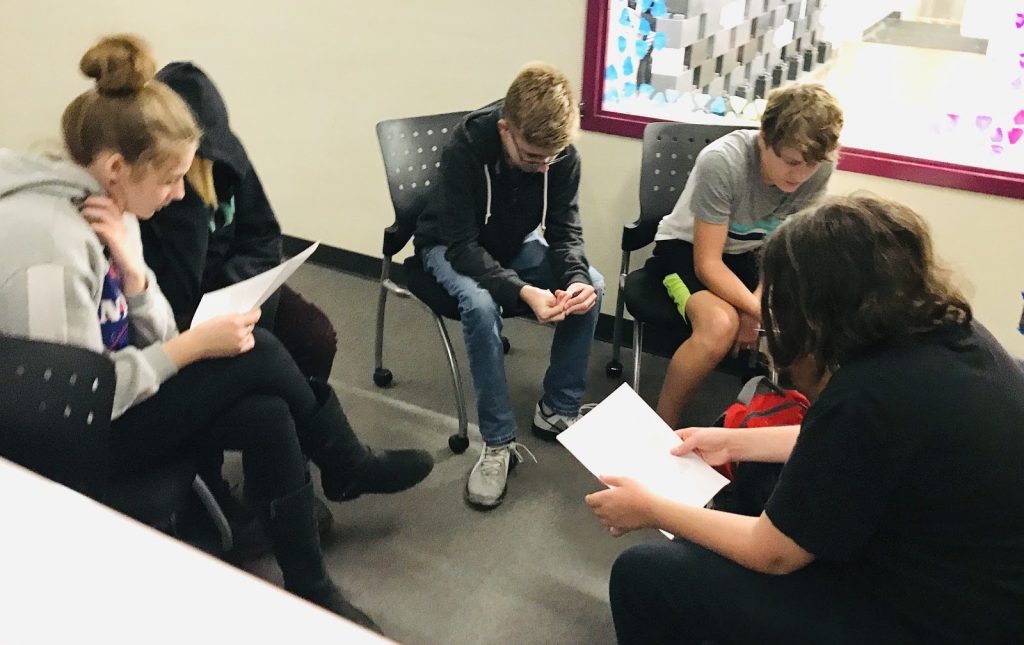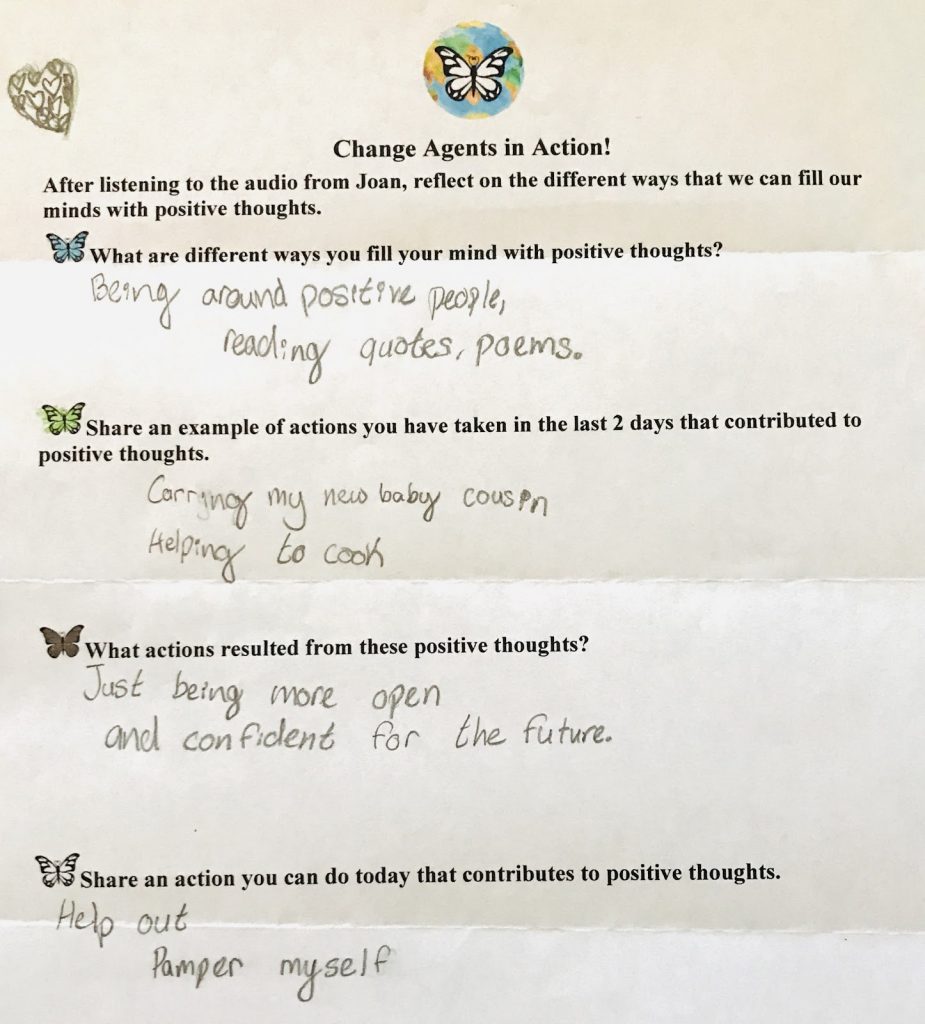By Wade and Angela Fransson
In a world where religious diversity is becoming increasingly prominent, it is vital to embrace unity in diversity and promote understanding and respect among people of different faiths. In that spirit our family hosted a youth camp last summer for adolescents aged 11-14 and invited a documentary filmmaker, Jafar Fallahi, to film the event. Our intention was to celebrate Unity in Diversity, inviting a wide variety of staff and campers. The camp was a wonderful success, and we wondered if we could somehow duplicate the experience for adults.
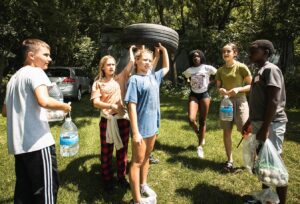
Then Angela stumbled upon Joan Hernandez’ little book – The Benefits of Unity in Diversity: How to Use the Clash of Ideas to Make Better Decisions and we, along with Jafar Fallahi – decided to launch a discussion group to study the book together and see where that led us.
The book’s practical guidance and strategies have proven very beneficial to the individuals in this group, which was composed of 9 individuals from different Christian, Baha’i, and non-affiliated spiritual backgrounds, including a former Jew and a former Hindu participant, who are now Baha’i and Christian, respectively. Everyone was open to building bridges and fostering mutual understanding, but none of us had a way of advancing this beyond a vague desire until we discovered this book.
The book encourages individuals to seek out commonalities and appreciate differences, leading to a deeper understanding of diverse perspectives and values. One participant from the group, Jill, a Christian, said, The book The Benefits of Unity in Diversity has opened things up for me. It has helped me to appreciate and celebrate the diversity within my community and to engage in meaningful dialogue with individuals from different religious backgrounds.”
The book’s insights into effective communication have also been invaluable for individuals seeking to promote understanding and respect between people from diverse religious backgrounds. The book provides practical guidance on active listening, empathetic communication, and conflict resolution, all of which are essential skills for building bridges between different communities.
The book’s focus on effective listening to foster a greater understanding of diverse viewpoints has been critical in helping us further develop the skills necessary to navigate interactions with people from diverse religious backgrounds effectively, creating a positive and respectful environment for all.
Another participant, Joah, a Bahá’í, shared the following experience: “I experienced firsthand the benefits of having studied Joan’s book while participating in another discussion group, studying quotations and questions from the Baha’i writings on the subject of the immortality of the soul, with a diverse group of individuals from Jewish, Christian, and Baha’i religious backgrounds, not to mention our cultural, ancestral and diverse racial, educational, and professional differences. Frankly, I was aghast at how many different ideas and opinions were being expressed. It seemed almost like a random collection of theological outlooks, divergent orientations, and use of terminologies that were far from being able to be reconciled. Yet, as I slowly began to recognize that each person was emptying their own cup, sharing their heart and mind, it became a way for all of us to become better acquainted. As our discussion progressed, it did not seem to matter who was correct, right, or wrong, or that it was even necessary to figure everything out. And even more amazing to me was the light-hearted and respectful attitude that was maintained, though inside, I had to hold my tongue and avoid going to a place of judgment. Our first gathering was concluded in a prayerful and harmonious way. I felt as if I could let go of my own attachments and ways of articulating my understanding so I could make room for receiving what others had to say and become more receptive to greater truths to unfold.”
As a family, The Benefits of Unity in Diversity has given us the tools to effectively communicate with individuals of different faiths, promoting respect and understanding, leading to greater unity and cooperation.”
We are so excited by the results of this group that we are developing an enhanced curriculum based on the work of Joan Hernandez for an expanded Summer Camp this year, and we are working with other organizations to run similar programs at other facilities over the course of 2023. We’re so grateful to Joan for working with us to achieve these ambitious goals.
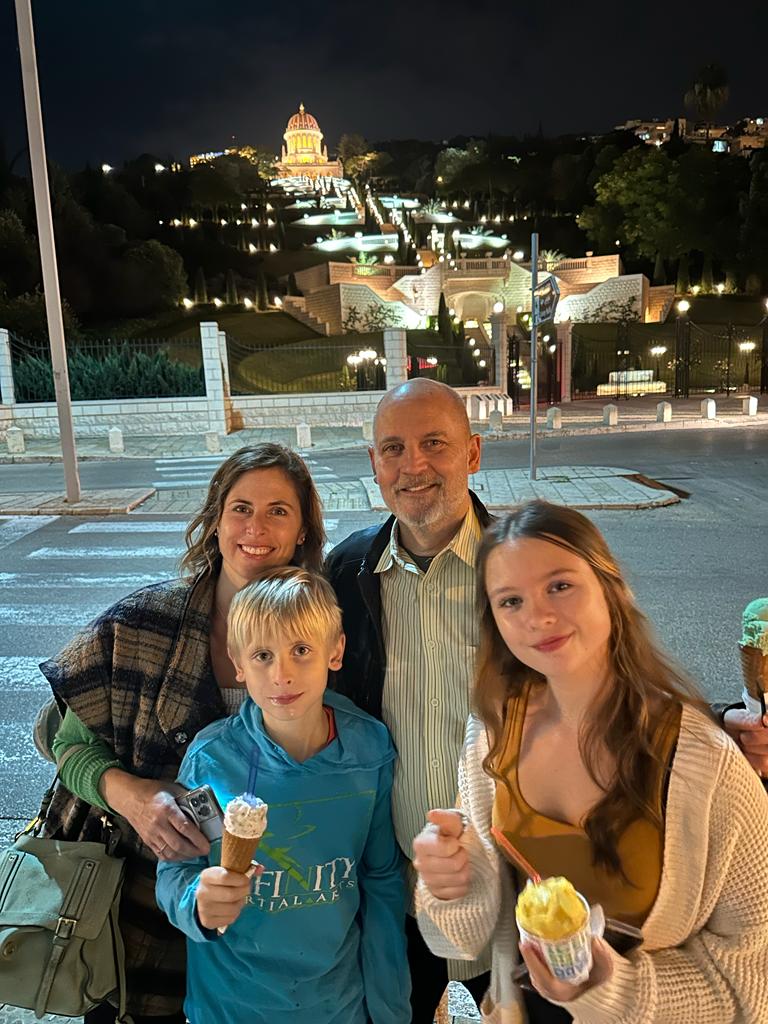
Wade and Angela Fransson, Brooklyn, WI

